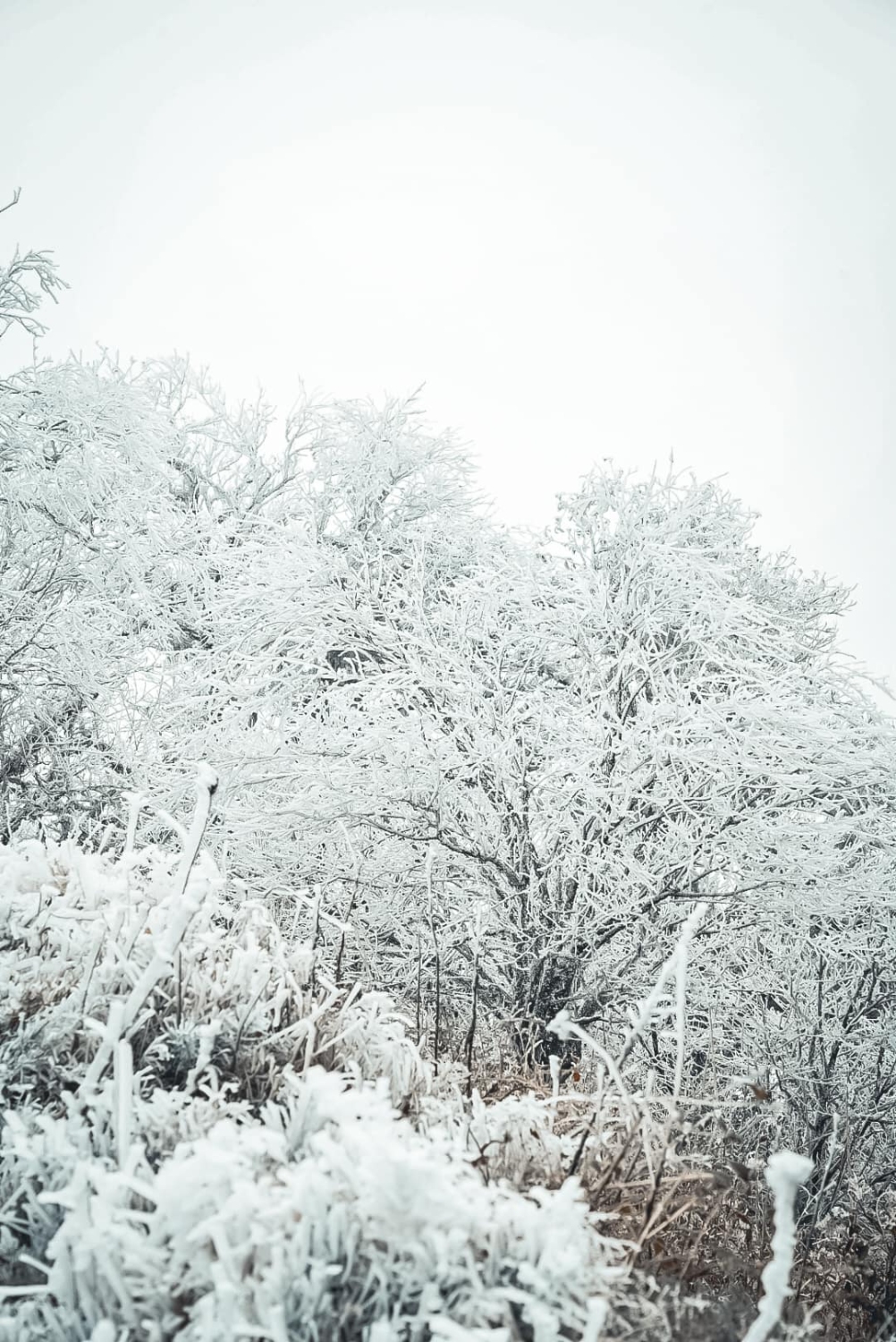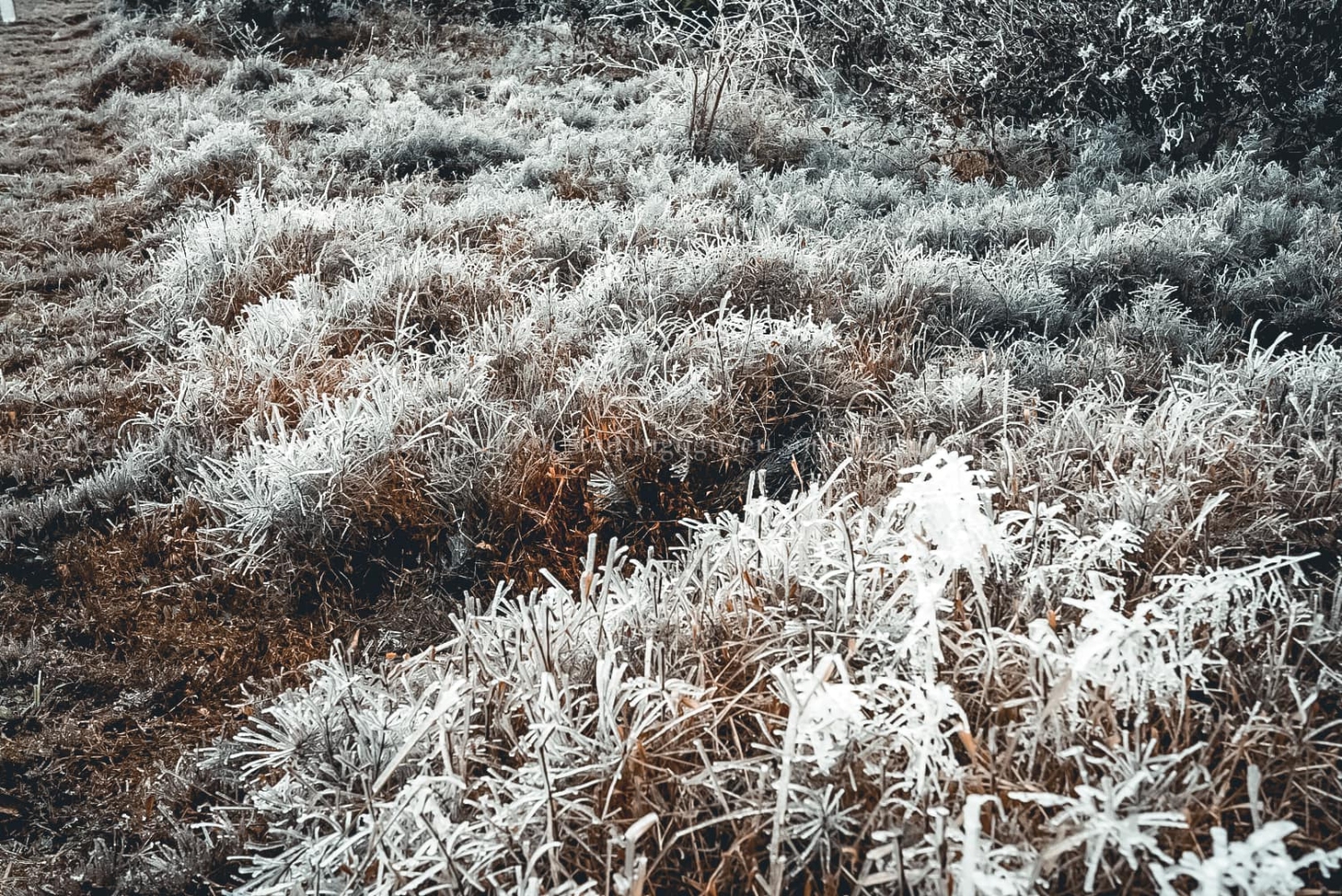PHJA OAC – PHJA DEN PANORAMA
- Tuesday - 19/01/2021 17:46
- Close page


The Phja Oac area has a complex segmented topography characterized by narrow valleys and high and steep mountains. Many summits are 1000m to nearly 2000m asl, such as Phia Oac (1935m), which is the second highest mountain in Cao Bang.
Geologically, the area is a mixture of limestone, sandstone, shale and granite, which results in karst landscapes mixed with earthy mountains. The diversity of topography, geomorphology and geology together with specific climatic conditions produces characteristic high mountain ecosystems and rich biodiversity of the area.
In the distant past, the area was transformed from an ocean to a continent c.250 million years ago. It witnessed then widespread magmatic activities, with strong but smouldering “flaming mountains” extending deep in the Earth 85-95 million years ago, which caused intensive changes in the surrounding rocks. In the last phases, the gas-rich magma caused even more intensive changes, including the formation of rare and precious minerals. Depending on the composition of the surrounding rocks, different types of minerals were formed, such as tungsten in Ban O and Lung Muoi, tin in Tinh Tuc, and fluorite containing radioactive elements in Binh Duong.
Later mountain buildingresulted in the Phia Oac Mountainwith different ranges of sub-climate from the base to the summit. Accordingly, the vegetation is extremely diverse, with multi-layered structure and extensive cover as well asspecial high-mountain ecosystems such as dwarf and moss forests.
The presence of minerals,the pleasant climate and the beautiful forests were attractive to the French, who occupied this area from the early 20th century and left lots remnants of villas, guest houses and official residences.
Phja Oac is also adorned with indigenous ethnic cultures of the Dao, Nung, Tay, Mong people, with vibrant and various colors and themes,expressed in the costumes, beliefs and folks.
Let’s experience Phja Oac - The mountain of transformations!